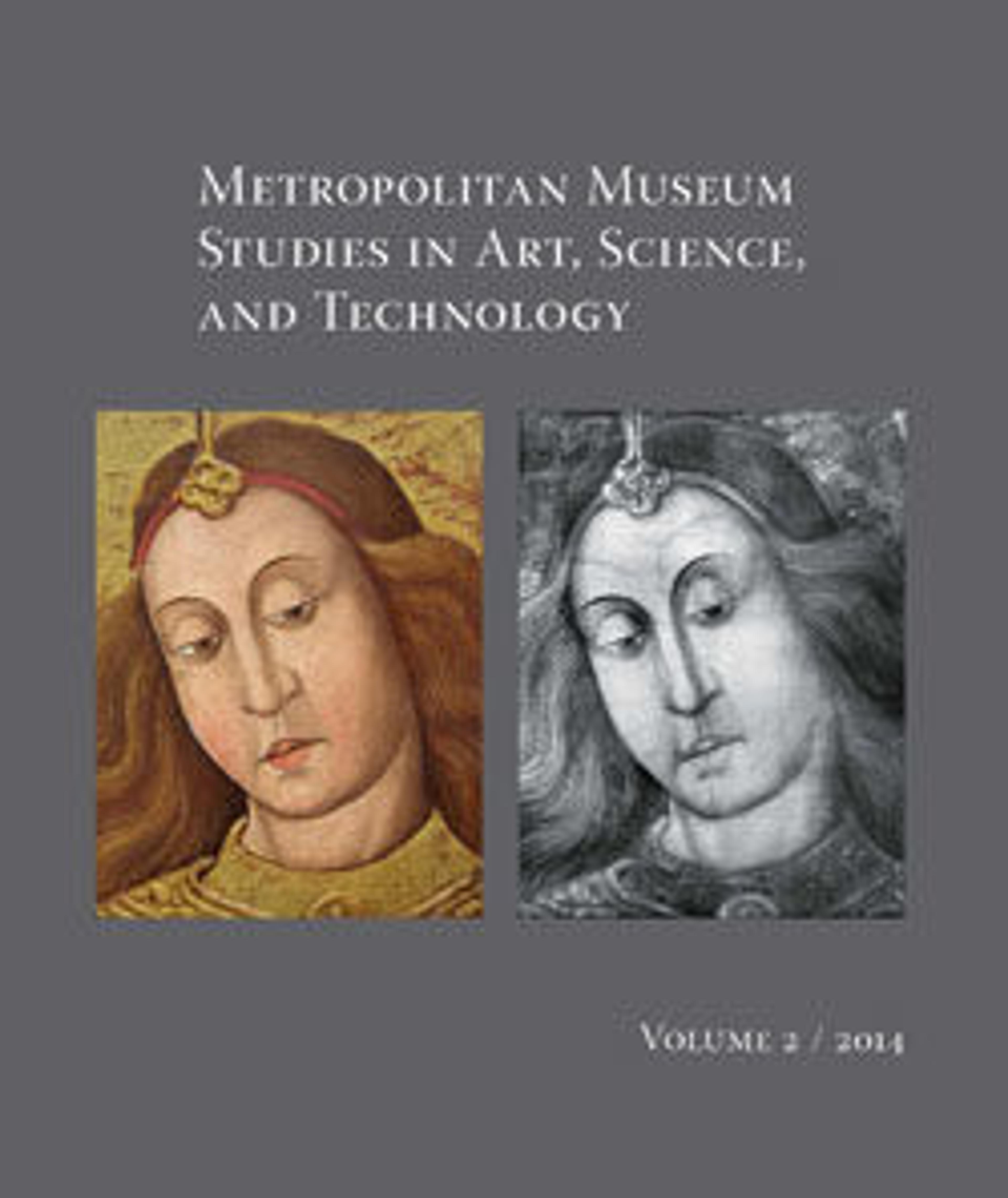Kneeling Virgin
The Virgin kneels and looks down tenderly, indicating that once, an image of the baby Jesus was next to her and that this sculpture may have formed part of a group representing the story of Christmas. The undulating planes of the Virgin’s cheeks are subtly modeled to suggest both supple flesh and underlying bone structure. The combination of certain details—the tight belt cinching the waist, the gathered folds of the skirt, and the sophisticated coiffure with the hairline shaved to produce a high forehead—are typical Renaissance characteristics that contrast with those of the Late Gothic sculptures in this gallery.
Its attribution to Paolo Aquilano is based on stylistic affinities with a signed and dated terracotta sculpture in L’Aquila.
Its attribution to Paolo Aquilano is based on stylistic affinities with a signed and dated terracotta sculpture in L’Aquila.
Artwork Details
- Title: Kneeling Virgin
- Artist: Attributed to Paolo Aquilano (Italian, Abruzzo, active ca. 1475–1503) (Sculptor of the Berlin Enthroned Virgin?)
- Date: ca. 1475–1500
- Geography: Made in Abruzzo, Italy
- Culture: Italian
- Medium: Willow with paint and gilding
- Dimensions: Overall: 46 1/8 x 31 1/2 x 19 3/4 in., 63lb. (117.2 x 80 x 50.2 cm, 28576.6g)
- Classification: Sculpture-Wood
- Credit Line: The Cloisters Collection, 1925
- Object Number: 25.120.217
- Curatorial Department: Medieval Art and The Cloisters
More Artwork
Research Resources
The Met provides unparalleled resources for research and welcomes an international community of students and scholars. The Met's Open Access API is where creators and researchers can connect to the The Met collection. Open Access data and public domain images are available for unrestricted commercial and noncommercial use without permission or fee.
To request images under copyright and other restrictions, please use this Image Request form.
Feedback
We continue to research and examine historical and cultural context for objects in The Met collection. If you have comments or questions about this object record, please complete and submit this form. The Museum looks forward to receiving your comments.
